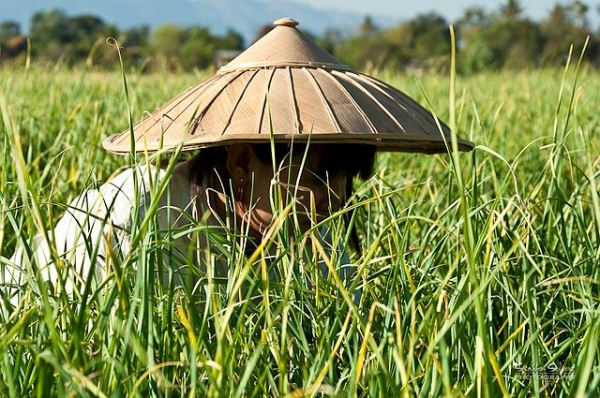 Global wealth grew significantly over the past two decades but per capita wealth declined or stagnated in more than two dozen countries in various income brackets, says a new World Bank report.
Global wealth grew significantly over the past two decades but per capita wealth declined or stagnated in more than two dozen countries in various income brackets, says a new World Bank report.
The world’s wealth grew 66% from US$690 trillion in 1995 to $1,143 trillion in 2014, the World Bank said in the report “The Changing Wealth of Nations 2018.”
However, inequality was substantial, as wealth per capita in high-income OECD countries was 52 times greater than in low-income countries.
The report went beyond traditional measures such as GDP and used wealth to monitor countries’ economic progress and sustainability.
It tracked the wealth of 141 countries from 1995 to 2014, which includes natural capital (such as forests and minerals); human capital (earnings over a person’s lifetime); produced capital (buildings, infrastructure, etc.) and net foreign assets.
Human capital was the largest component of wealth overall while natural capital made up nearly half of wealth in low-income countries, the report found.
“By building and fostering human and natural capital, countries around the world can bolster wealth and grow stronger,” said World Bank Group president Jim Yong Kim.
“There cannot be sustained and reliable development if we don’t consider human capital as the largest component of the wealth of nations,” he added.
Decline in per capita wealth
A decline in per capita wealth was recorded in several large low-income countries, some carbon-rich countries in the Middle East, and a few high-income OECD countries affected by the 2009 financial crisis.
Declining per capita wealth implies that assets critical for generating future income may be depleted, a fact not often reflected in national GDP growth figures, the report said.
It found that more than two dozen low-income countries, where natural capital dominated overall wealth in 1995, moved to middle-income status over the last two decades, in part by investing earnings from natural capital into sectors such as infrastructure, as well as education and health which increase human capital.
While investments in human as well as produced capital are essential, getting rich is not about liquidating natural capital to build other assets, the report notes. Natural capital per person in OECD countries is three times higher than in low-income countries, even though the share of natural capital in total wealth is just 3% in OECD countries.
“Growth will be short-term if it is based on depleting natural capital such as forests and fisheries. What our research has shown is that the value of natural capital per person tends to rise with income,” said Karin Kemper, senior director, Environment and Natural Resources Global Practice at The World Bank.
“This contradicts traditional wisdom that development necessarily entails depletion of natural resources,’’ she added.
The report estimated that the value of natural capital assets doubled globally between 1995 and 2014. This is due partly to increased commodity prices along with a rise in economically proven reserves.
In contrast, productive forest value declined by 9%, while agricultural land expanded at the cost of forests in many areas.
For the first time, the report includes estimates of human capital, which is measured as the value of earnings over a person’s remaining work life, thereby incorporating the roles of health and education.
Women account for less than 40% of global human capital because of lower lifetime earnings. Achieving gender equity could increase human capital wealth by 18%, the paper said.
Human capital accounts globally for two-thirds of global wealth; produced capital accounts for a quarter of wealth. Natural capital accounts for one tenth of global wealth, but it remains the largest component of wealth in low-income countries (47% in 2014) and accounts for more than one-quarter of wealth in lower-middle income countries.





